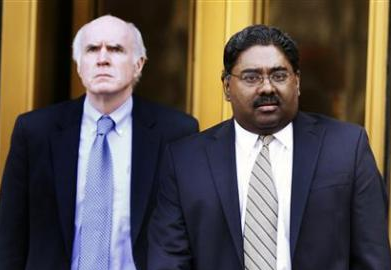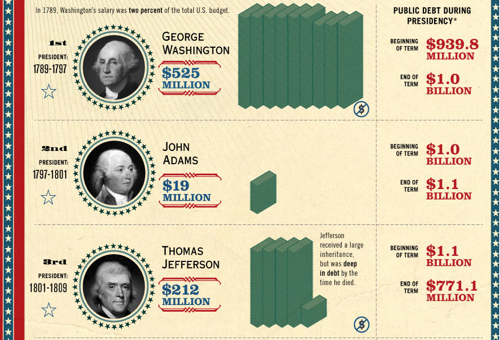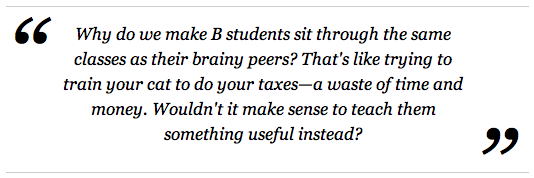
(credit: Sougent Harrop)
…with robot cars!
We’re always prattling on about the importance of diversification around here. You know, the “don’t put all your eggs in one basket” philosophy, applied to your investment portfolio. (If you don’t believe us that a diverse portfolio is the way to go, take the Timing the Markets Challenge!)
Well the same principle can apply to all areas of life – baskets of eggs, for example, or Internet empires like Google’s. They’ve been branching out from their humble search engine roots for years (email, document sharing, voicemail), but now they’re taking it to the streets. With robot cars.
Robot cars, as you might imagine, are currently illegal on U.S. roads. But if Google does a good job lobbying the Nevada legislature, then Sin City may become the first market for automated overlords vehicles.
Hey, if the Internet implodes some day, at least they’ll have something to fall back on.






